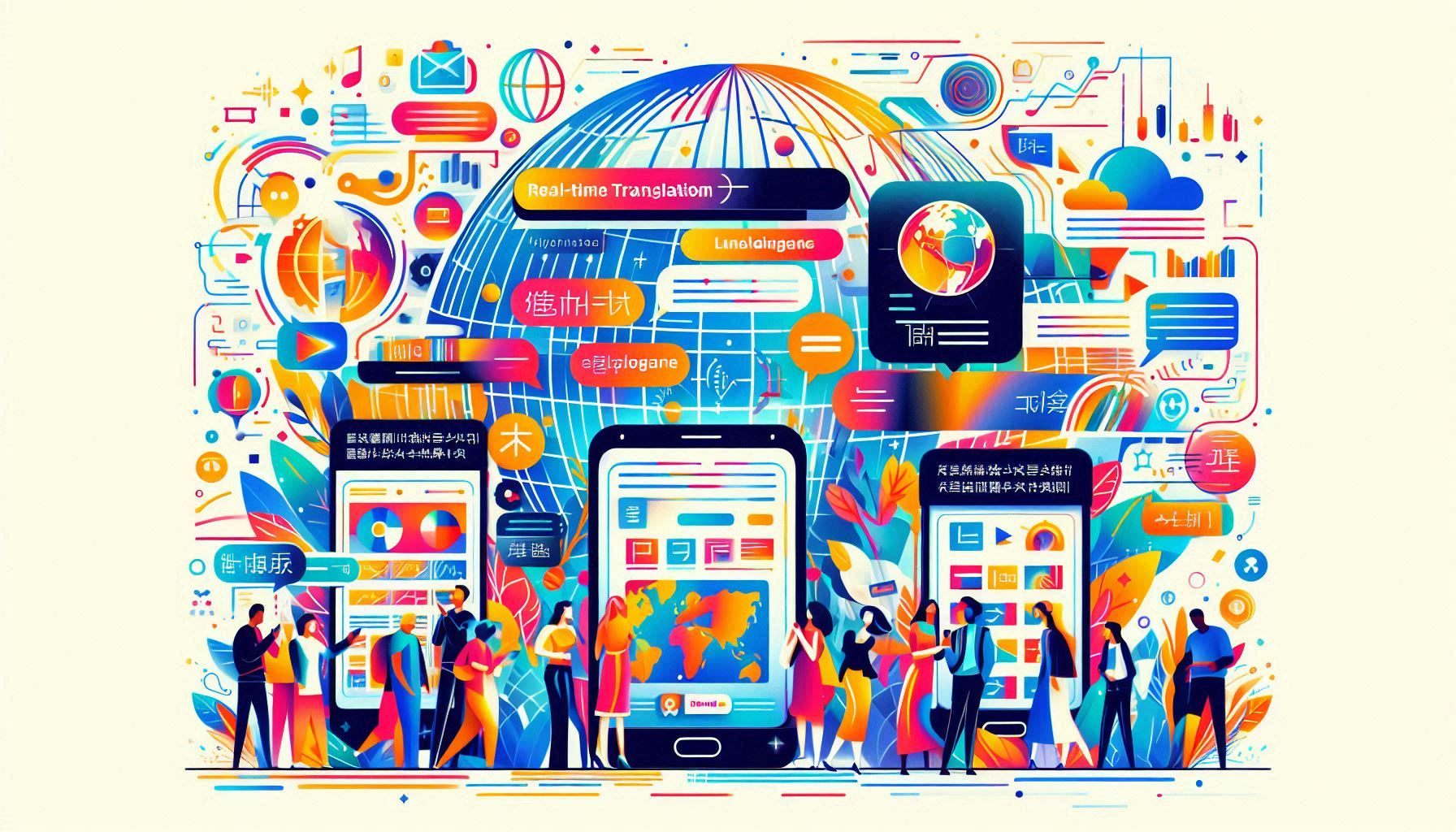
In today’s globalised world, businesses are increasingly catering to diverse audiences across different languages and cultures. To meet this growing need, offering seamless communication and engagement in multiple languages is no longer optional – it’s essential. One powerful tool that can help businesses accomplish this goal is the Google Translate API.
The Google Translate API enables businesses to provide real-time translations, making it easier for users to interact with applications, websites, and platforms in their native languages. This enhances user experience and engagement, which in turn, leads to increased customer satisfaction and improved brand loyalty. Let’s explore how real-time translations can elevate user engagement.
The most obvious advantage of real-time translations is the ability to engage with users who speak different languages. Whether you're running an e-commerce store, a blog, or a customer service platform, having content translated on the fly ensures your audience can understand and interact with your platform.
This instant translation capability allows businesses to seamlessly reach customers in various countries and offer a more tailored experience, increasing engagement and boosting sales.
Providing support to customers in their native language is a powerful way to enhance their experience. With real-time translations, businesses can bridge the language gap in customer service channels such as live chats, email support, and helpdesk systems.
This feature promotes better communication, reduces misunderstandings, and strengthens relationships between customers and brands.
If your platform includes social elements like forums, comments, or user-generated content, real-time translation can encourage more users to engage by ensuring their contributions are accessible to everyone. By offering content in multiple languages, users are more likely to interact and share their thoughts, leading to increased participation.
This enables users from different regions to connect and engage with each other without language being a barrier, thereby enhancing overall platform interaction.
Marketing campaigns that target international audiences can significantly benefit from real-time translation. By providing content in users’ native languages, businesses increase the likelihood of users engaging with ads, newsletters, or promotional messages. It also helps in adapting campaigns to the local culture and context, making them more relevant to the target audience.
Moreover, providing a seamless multilingual experience encourages users to take action, leading to higher engagement rates and conversions.
The Google Translate API allows businesses to update their content instantly, offering real-time translations to keep users engaged with the most current information. This can be particularly valuable in industries where up-to-date information is critical, such as news media, finance, or weather apps.
The ability to quickly translate and display updated content ensures your audience remains engaged with fresh, relevant material in the language they understand.
Onboarding users to a new platform can often be a challenge, especially when dealing with a global audience. The Google Translate API helps make the onboarding process smoother by providing users with instructions and support materials in their preferred language.
Providing users with an easy-to-understand onboarding process in their language is a key factor in increasing engagement and retention rates.
Educational platforms that serve global users can significantly enhance engagement through real-time translations. Whether it's for course content, user forums, or instructional videos, translating materials helps learners from different regions feel more comfortable and engaged.
This capability increases accessibility, allowing users to fully engage with content without the language barrier.
Gathering user feedback in real-time and in multiple languages is crucial for businesses to assess user satisfaction. The Google Translate API allows users to provide feedback in their native language, which can be automatically translated into the business’s preferred language for analysis.
Incorporating real-time translation into feedback systems can help businesses make informed decisions based on a broader range of responses.
Integrating real-time translations with the Google Translate API enhances user engagement by breaking down language barriers and creating a more inclusive and personalised experience. Whether it's through customer support, marketing campaigns, social interactions, or educational content, the ability to communicate in multiple languages ensures that users from all backgrounds can connect with your platform.
Real-time translations not only help businesses expand their global reach but also foster better communication, improve customer satisfaction, and drive higher engagement. By integrating the Google Translate API into your website or application, you’re not just offering a service – you’re opening the door to a more connected, global audience.
Hi there!
Let's help you find right APIs!